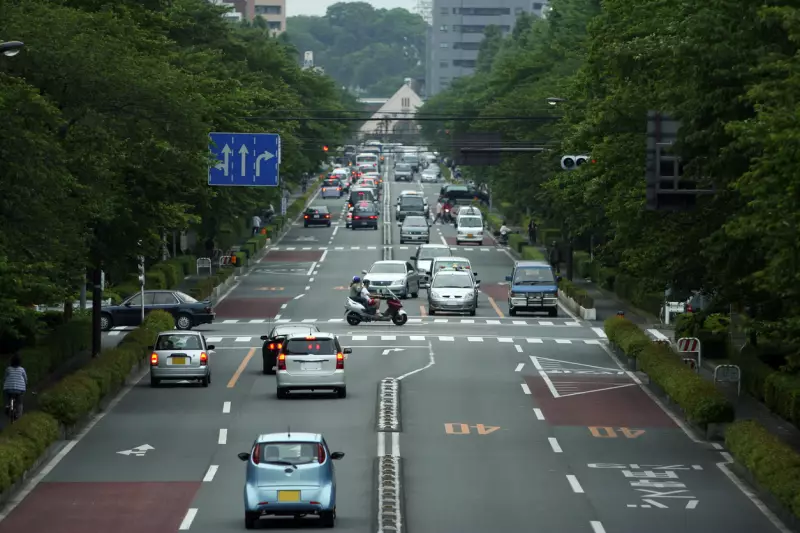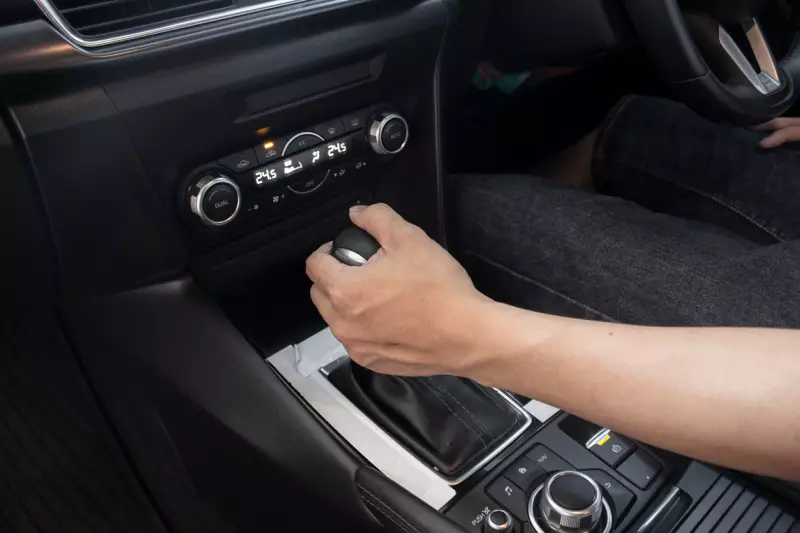
In most countries in the world, including the United States, people are obligated to keep right while driving. However, this is not the case in some parts of the world, like Southern Asia and the United Kingdom, where driving on the right-hand side is prohibited! There are about 76 countries that drive on the left and follow the left-hand traffic laws. These countries and territories make up 34 percent of the world's population, implying that countries that drive on the right side of the road are the majority. Read on to find out which countries drive on the left and the history behind it.
The Historical Standard of Left-hand Traffic
Going back to ancient times, the left side of the road was the "right" one. People rode their horses alongside the cart on the left side of the road. At that time, several reasons inspired these rules. For instance, most people are right-handed, so one could use a sword when fighting enemies with their stronger hand — the right one. The same reason also applied at sea: the rudder needed a stronger hand to operate; therefore, the helmsmen sat with their backs to the left side. This made oncoming ships more visible on the right and significantly reduced the risk of head-on collisions.
The great switch to right-hand traffic started in France at the end of the 18 century during the French Revolution. Napoleon Bonaparte was one of the major figures behind the right-hand traffic initiative. He introduced right-hand traffic in many of his conquered territories and countries during his conquest and campaigns. The British Empire was on the opposite trail, imposing left-hand traffic on the conquered countries and territories. However, the French managed to extend right-hand traffic in their many colonies worldwide.
What Countries Drive on the Left Side of the Road?
If you are wondering how many countries drive on the left side of the road, there are 76. Here are some of the major left-side driving countries.
- The United Kingdom
- Ireland
- Australia
- New Zealand
- India
- Japan
- Thailand
- Kenya
- South Africa
- Jamaica
This is only a small section of countries driving on the left side of the road. As mentioned earlier, there are 76 countries around the world with left-hand traffic. This applies to roads and highways where vehicle transport is basic. Most left-hand drive countries are former colonies of the once-expansive British Empire. While this is the case in most colonies, some former British colonies have since adopted driving on the right-hand side. Despite the British influence in the European region, only four European countries have a leftward orientation.
Generally, left-hand drive countries typically have standardized right-hand drive cars for visibility and access purposes. Those who have driven a right-hand drive car on the right-hand side of the road understand why adjusting to a new orientation can be tricky. For example, if you want to pass a vehicle on a divided road in a passing zone, it is risky if you cannot see the other vehicle or around a truck. This increases the risk of head-on collisions as there are more blind spots than usual. The model of the car you are driving could also impact its safety. This is why you should check your vehicle history before buying or using it.
This makes you wonder, what countries drive on the right side of the road, and how safe is it? While driving on the left side of the road is ideal for the 76 countries that have adopted this standard, the rest of the world is inclined to right-hand traffic. Safety comes down to an individual driver's performance and willingness to adhere to traffic rules. The risk of collisions is still there no matter the side the one is driving. Therefore, drivers must take responsibility and practice safe driving habits.
Safety Aspects of Left-hand Traffic

Safety researchers have always advocated for left-hand traffic precisely due to the steering hand. For a right-hand drive, you have to shift gears with the right hand, leaving the weaker left hand to handle the steering wheel. If this happens in a risky situation, like when driving at high speed, safety is significantly compromised. Generally, statistics of the last ten years imply that right-handed traffic resulted in more fatalities than left-handed traffic.
Even though the difference is only marginal, it still confirms the safety researcher's claims that left-hand traffic is safer. Across all the 76 countries with left-hand traffic, the fatality rate was approximated at 16.20 deaths per 100,000 residents per annum. On the other hand, countries with right-hand traffic recorded 17.65 deaths per 100,000 inhabitants. Therefore, the talk of slightly safer left-hand traffic is true and justified. Therefore, if you were wondering why do some countries drive on the left, it might just be due to its safety benefits.
Why a Switch to a New Driving System Is Expensive
When countries that drive on the left switch to the right or vice versa, the switch comes with enormous costs. Besides, drivers will have to change their mindset and adapt to a new direction of travel. Traffic lights are also not simply reversed as more goes into the process. At major intersections and crossroads, all lanes must be remarked or redesigned. As if that is not enough, all parking spaces running diagonally to the direction of travel must be changed to run in the opposite direction.
Handling streetcars will also be hectic as they cannot be simply run in the opposite direction. Instead, streetcars must be given a new network in a wide area. In 1967, when Sweden switched from left-hand traffic to right-hand traffic, numerous lanes were crossed in the country as drivers struggled to adapt to the new system.
When a country decides to switch to a new direction of travel, car manufacturers need to change their design models to adapt to the new conditions. Besides, bus companies must change their routines since passengers will be alighting on the opposite side. In short, switching the driving system can be quite costly, especially in the modern world. This explains why very few countries have decided to make the switch, especially in the recent past.
GoodCar Is Here to Make Your Driving Experience Better
Whether you are in a left-hand traffic country or right-hand traffic country, practicing safe driving habits is vital for your safety. GoodCar is here to enlighten you on how to stay safer on the road and provide tools to make your car-owning experience better.








![Best Sites to Check a Car’s History [2025 Review]](https://media.infopay.net/thumbnails/K8lMeG2QLjE46LPqZlmoi6SunKKdT5qvlaRZk6e1.webp)










![Best Sites to Check a Car’s History [2025 Review]](https://media.infopay.net/thumbnails/K8lMeG2QLjE46LPqZlmoi6SunKKdT5qvlaRZk6e1-w356.webp)
